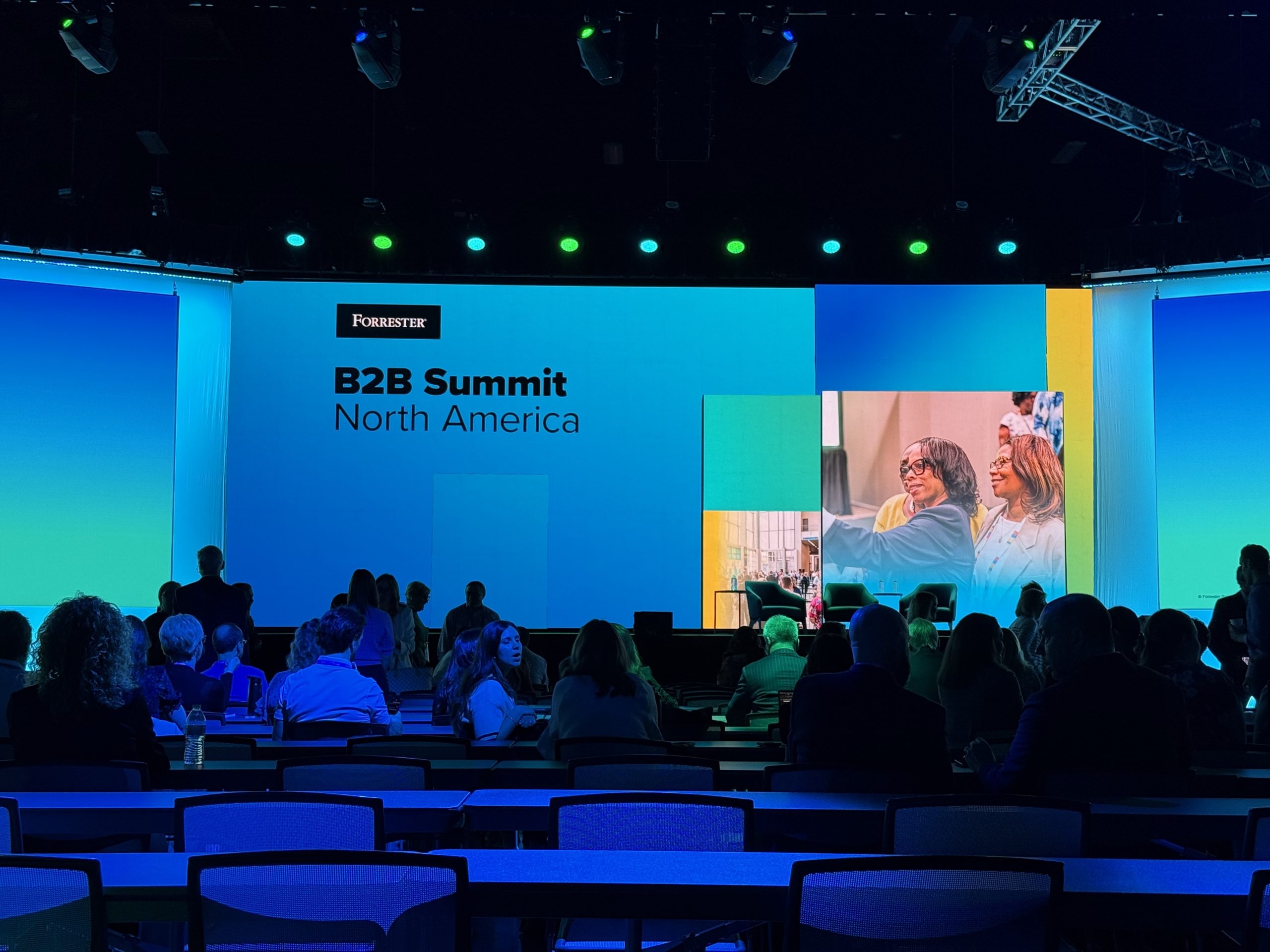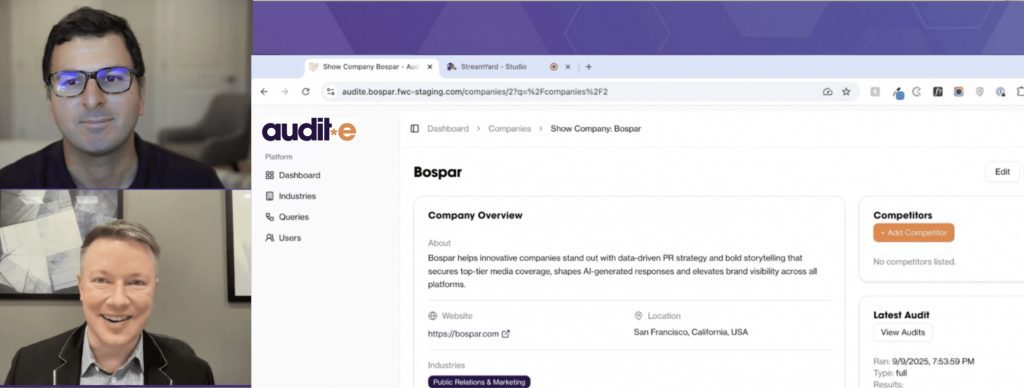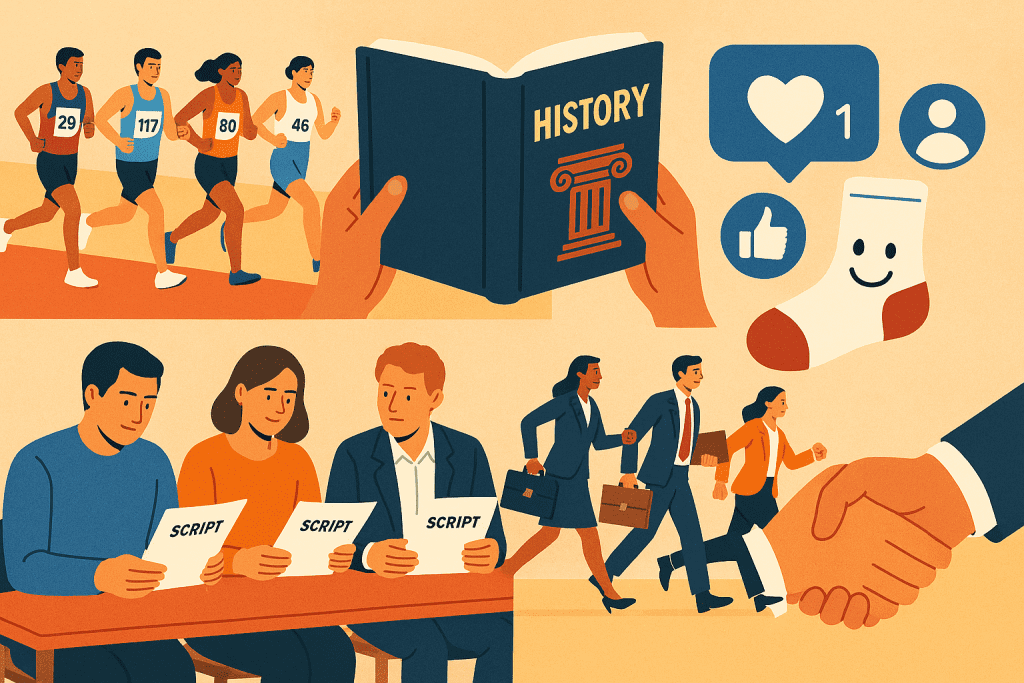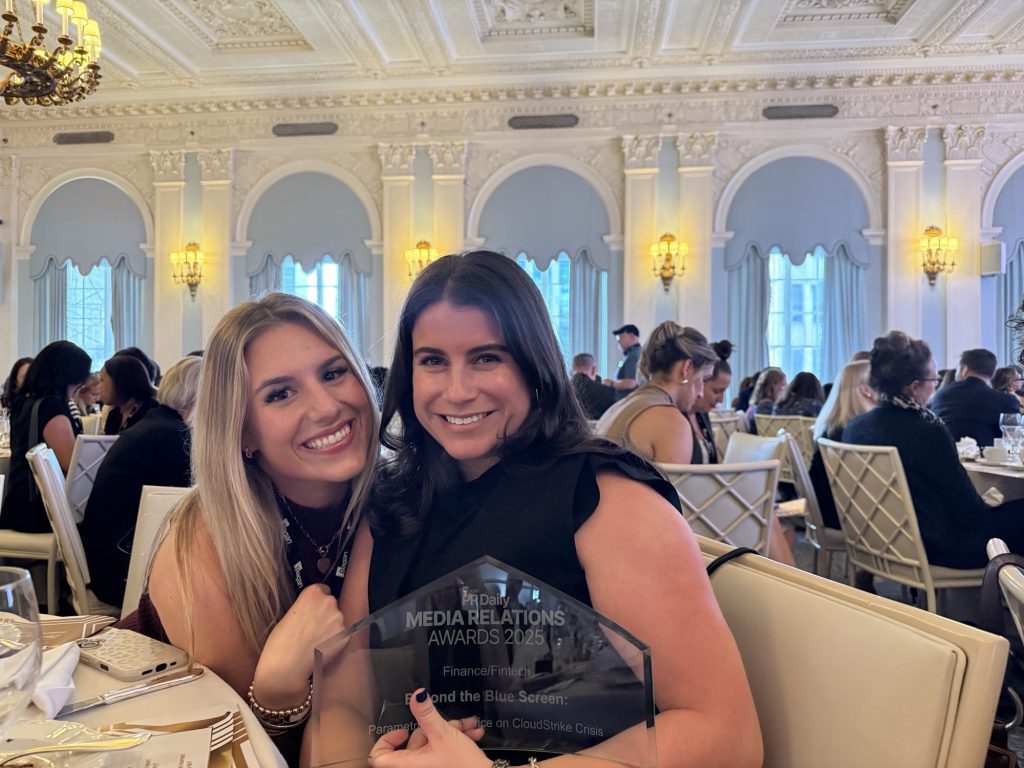George Colony, Forrester’s CEO, opened this year’s B2B Summit by calling it “The Woodstock of B2B,” a bold comparison that set expectations for an event where ideas and connections would flow freely. He promised attendees would leave with two souvenirs: a new idea and a new friend – lofty aspirations for a business conference, but fitting for an event striving to reimagine how B2B organizations operate and connect.
From the outset, the tone was clear: This wasn’t going to be just another conference. It was a call to arms for professionals in marketing, sales and customer success to move beyond business as usual and embrace transformation.
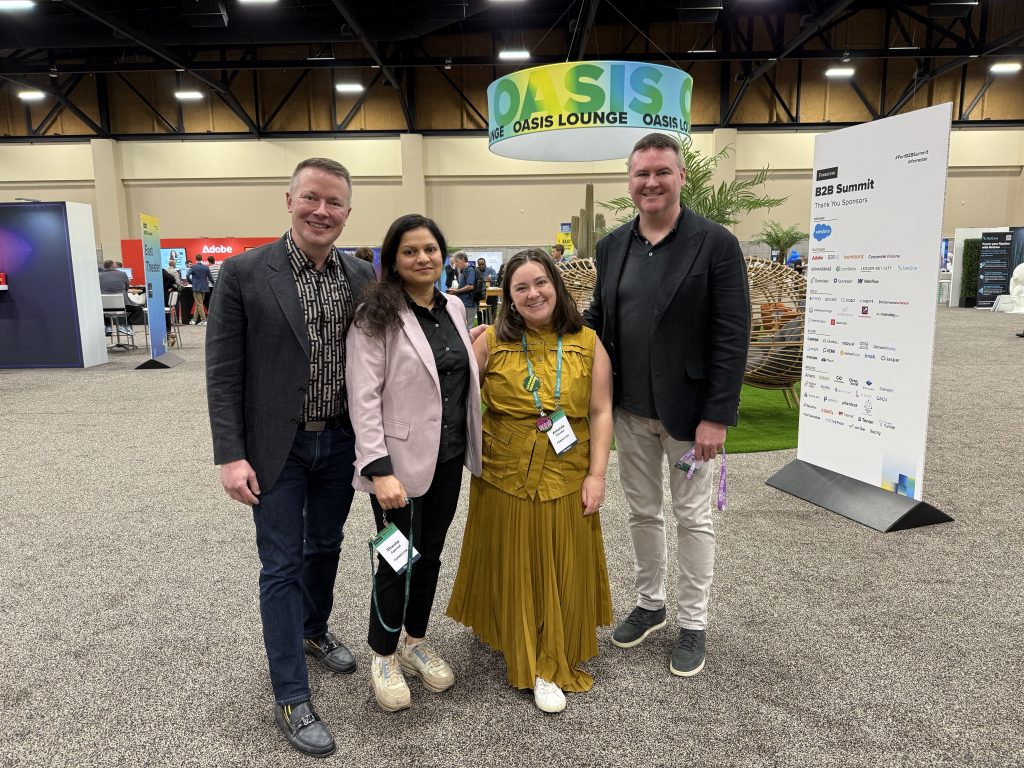
Buying networks: The new B2B reality
The keynote presentation delivered by Barry Vasudevan focused on the concept of “buying networks” – Forrester’s framework for understanding the increasingly complex B2B purchasing landscape. According to Vasudevan’s research, modern B2B purchases now typically involve:
- 13 people in each purchasing decision
- 10+ external influencers for major deals
- A demographic shift with two-thirds of buyers now being Millennials or Gen Z
Vasudevan captured the central challenge of today’s B2B environment with a particularly insightful observation: “Buyers have control… but they are not in control.” This paradox neatly encapsulates the tension many marketing and sales professionals face – one where decision-makers hold power, yet often feel overwhelmed by options, stakeholders and shifting priorities.
The presentation referenced Ted Lasso’s “Believe” mantra and “Project Goldfish,” suggesting companies should, like the fictional football team, forget past grievances between sales and marketing departments and focus on shared goals. Lasso encourages his team to believe in themselves and others and push through setbacks by embracing the goldfish’s “ten-second memory.”
Personalization: Aspiration vs. reality
The personalization workshop, led by Jessie Johnson and Amy Bills, offered a structured assessment of B2B personalization maturity. Their definition framed personalization as “an experience that uses customer data and understanding to frame, guide, extend, and enhance interactions based on that person’s history, preferences, context and intent.”
The finger trap metaphor they introduced was particularly apt, demonstrating that sometimes personalization means pulling back rather than pushing harder. The most personalized approach might simply be not emailing a customer when that’s their preference.
The gap between theory and practice
The maturity assessment categorized organizations into three levels:
- Beginner (20-49 points): Characterized by “random acts of personalization”
- Intermediate (50-74 points): Organizations ready to “level up”
- Advanced (75-100 points): The aspirational state few achieve
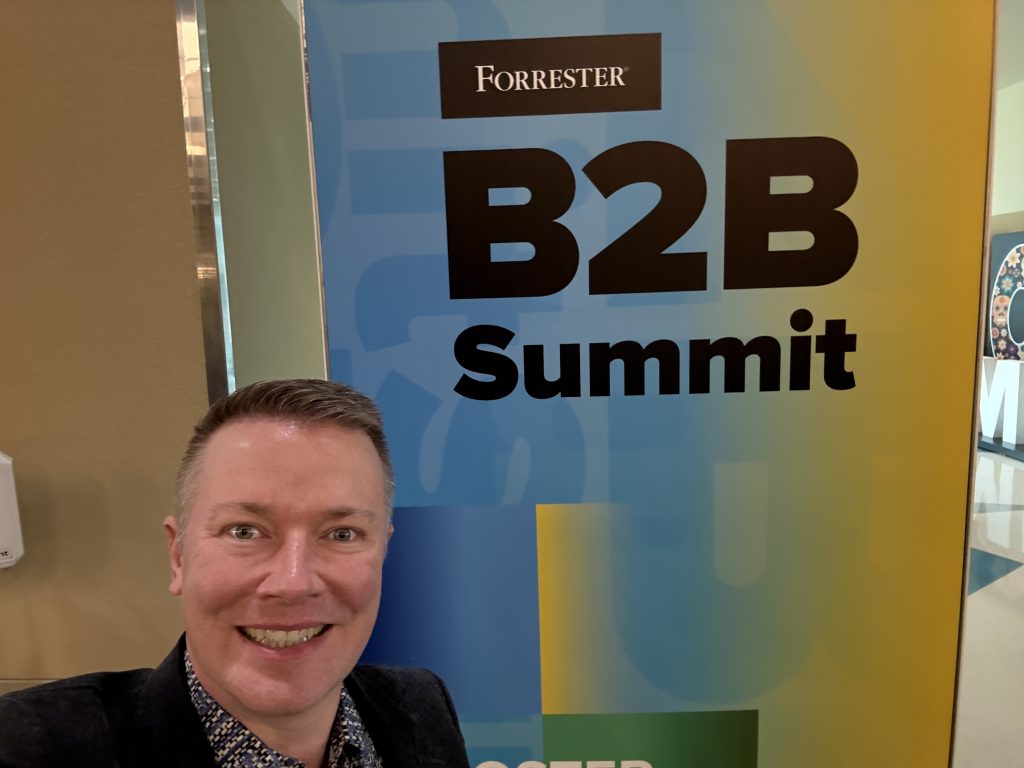
I wasn’t alone in feeling somewhat inadequate when faced with these benchmarks. When the standards were revealed, I found myself saying, “This feels rather aspirational. We feel like slackers. We are reconsidering our life choices.” Bills responded with understanding: “I hear you. I see you.”
The room, which was filled with representatives from major organizations like ServiceNow, T-Mobile, Allianz and ADP, seemed to collectively exhale with relief as most participants landed in the “beginner” category, with a few reaching “intermediate” and none achieving “advanced” status.
Johnson takes a deep dive into personalization with a blog post titled “Explore Five Ways To Improve Personalization At Forrester’s B2B Summit.” She stresses the need for B2B firms to examine their personalization maturity across, strategy, data, design, delivery and measurement.
Real-world complications
Throughout the session, attendees shared candid insights about their personalization challenges:
- One participant recounted a shipping crisis that unfolded when containers fell overboard during a marketing campaign that promised “you pay for the shipping, we’ll take care of everything else.”
- European attendees discussed how political tensions have created friction in U.S.-European business relationships.
- Several participants voiced concerns about GDPR compliance hampering AI implementation due to fears of hallucinations and data privacy issues.
The discussion also touched on the modern workplace reality with attendees admitting to conducting Zoom calls with colleagues working on the same floor and locking themselves in rooms when handling paper documents.
The measurement framework
The presenters outlined a three-tiered approach to measuring personalization effectiveness:
- Near-term KPIs: Clicks, engagement and other immediate metrics
- Mid-term KPIs: The often-overlooked indicators like profile completeness
- Long-term KPIs: Business impact measurements showing true value
The takeaway
What emerged from the B2B Summit was a clear picture of the gap between aspiration and implementation in personalization strategies. The frameworks presented were solid, the theory sound, but the reality for most organizations is that true personalization remains a work in progress.
As I left the session, notebook filled with insights and benchmarks, I thought personalization, like good PR, sometimes comes down to knowing when to engage and when to step back – a simple principle that’s surprisingly difficult to implement at scale.
At Bospar, we pride ourselves on helping brands navigate these very challenges —from delivering smart, well-timed messages to building connections that feel genuinely personal. The insights from the B2B Summit only reinforce what we already know: personalization isn’t about perfection, it’s about intention. And when marketing and PR teams align around that mindset, the results speak for themselves. If you’re wondering where your company stands, and how to move forward with confidence, take Bospar’s quiz to outline how we can best support your efforts!
